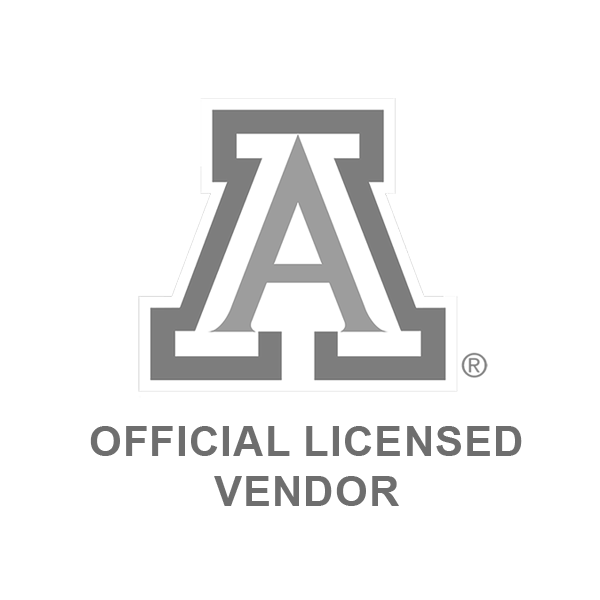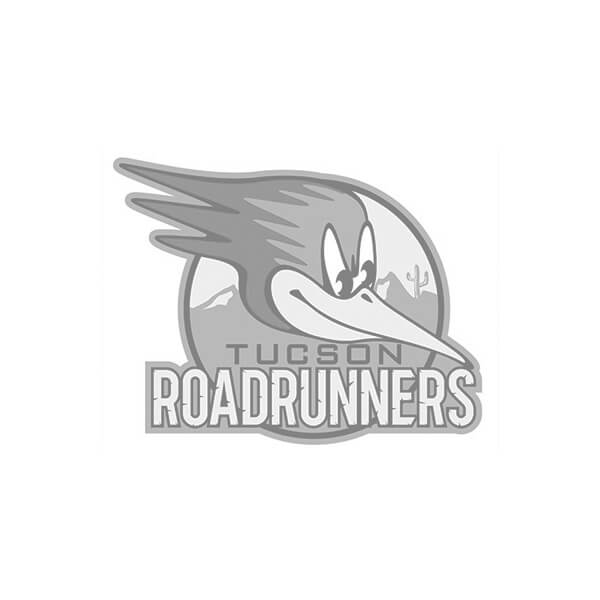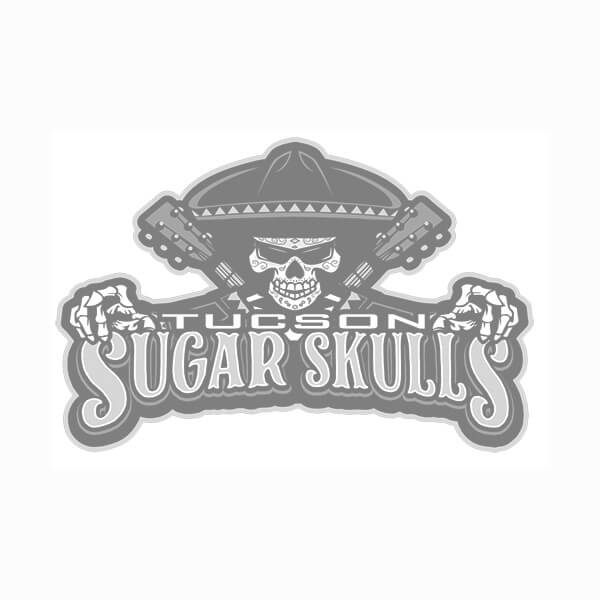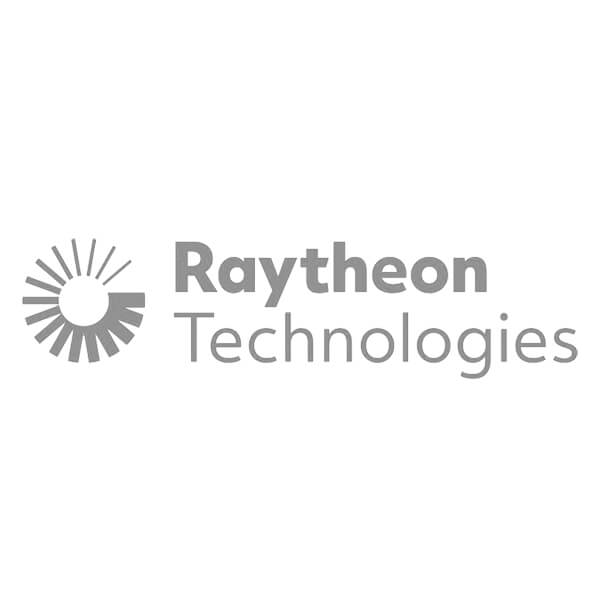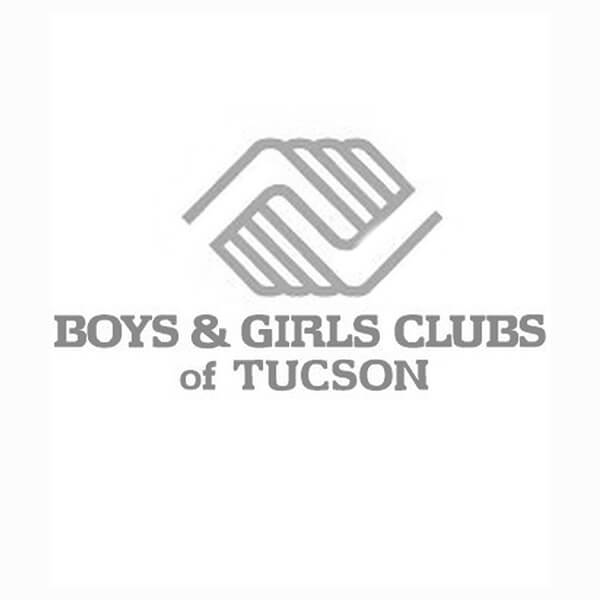GRAPHIC IMPACT
Understanding The Benefits of Screen Printing For Apparel
www.graphic-impact.com
Discover Why Screen Printing Remains a Top Choice Compared to DTG and DTF
When it comes to customizing apparel, there are several printing methods to choose from—but screen printing continues to be the gold standard for many businesses, teams, schools, and organizations. At Graphic Impact, we offer a wide range of garment decoration techniques, and we understand that each method has its strengths. In this blog, we’ll explore the many benefits of screen printing, and also compare it to other popular methods: DTG (Direct-to-Garment) and DTF (Direct-to-Film) printing.
What is Screen Printing?
Screen printing, also known as silk screening, is a traditional printing method that involves pushing ink through a mesh stencil onto the fabric. Each color requires its own screen, making the process ideal for vibrant, multi-color designs printed in volume.
The Top Benefits of Screen Printing for Apparel
- Exceptional Color Vibrancy: Ink sits on top of the fabric, resulting in bold, vivid colors.
- Highly Durable Prints: Can withstand frequent washing without fading or cracking.
- Cost-Effective for Bulk Orders: Ideal for orders of 24 pieces or more.
- Compatible with Various Fabrics: Works well on cotton, poly blends, and performance gear.
- Specialty Ink Options: Includes puff ink, glitter, metallics, and more.
- Easy to Reorder: Screens can be reused for consistent reprints.
How Does Screen Printing Compare to DTG and DTF?
DTG (Direct-to-Garment) Printing
DTG uses inkjet technology to print directly onto garments. It's perfect for detailed graphics or photo prints in low quantities.
- Pros: Low setup cost, great for small runs, photo-realistic detail
- Cons: Less durable on dark fabrics, best for 100% cotton
DTF (Direct-to-Film) Printing
DTF involves printing designs on a film and transferring them with heat. It’s versatile and works on many fabric types.
- Pros: Works on cotton, polyester, blends; easy for complex designs
- Cons: Less breathable, slightly raised texture
Comparison Table
| Feature | Screen Printing | DTG | DTF |
|---|---|---|---|
| Best for Large Orders | ✅ | ❌ | ❌ |
| Vivid on Dark Fabric | ✅ | ❌ | ✅ |
| Fine Detail / Photos | ❌ | ✅ | ✅ |
| Fabric Versatility | ✅ | ❌ | ✅ |
| Durability | ✅ | ❌ | ✅ |
| Special Effects | ✅ | ❌ | ❌ |
| Low Setup for Small Runs | ❌ | ✅ | ✅ |
Why Choose Graphic Impact?
Graphic Impact has been Tucson’s trusted local printer since 1989. We offer in-house screen printing, DTG, and DTF—all with fast turnaround, personal service, and high-quality results. Whether you need 1 shirt or 1,000, we’ve got the right solution for you.
Call us today at (520) 795-7446 or visit our showroom at 5440 East Speedway Blvd. in Tucson. Let’s bring your ideas to life!




